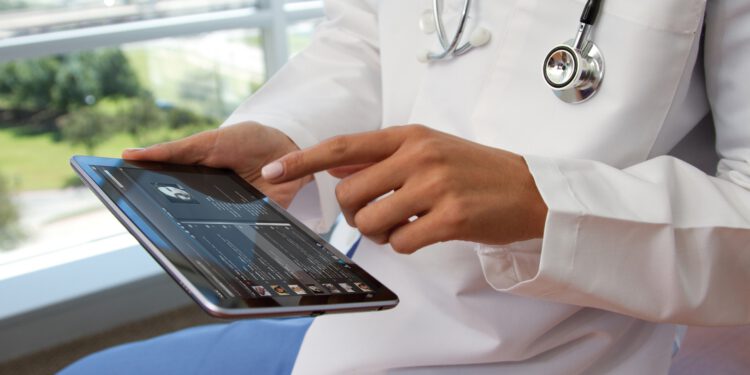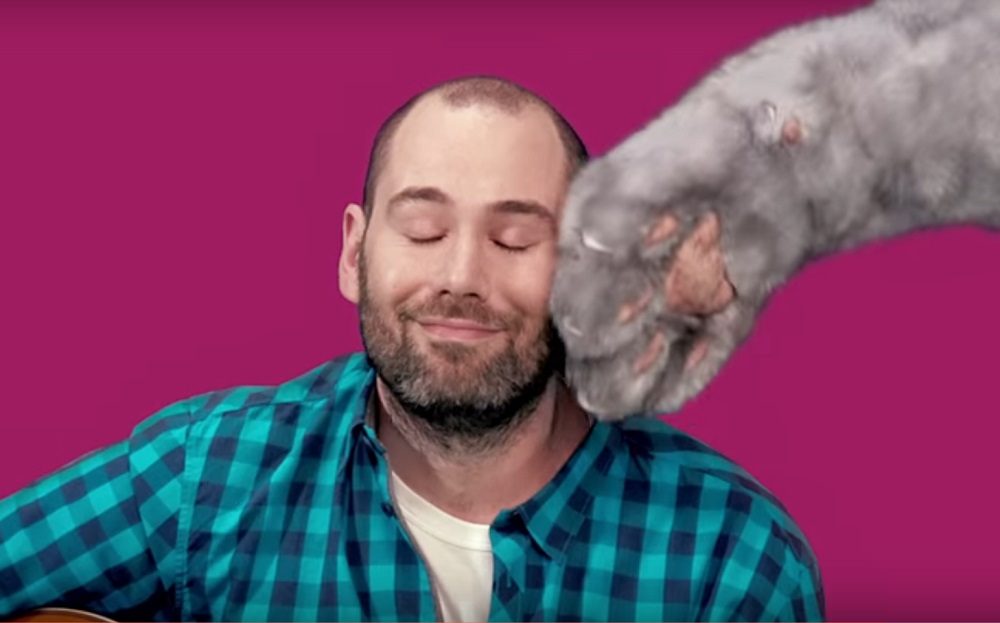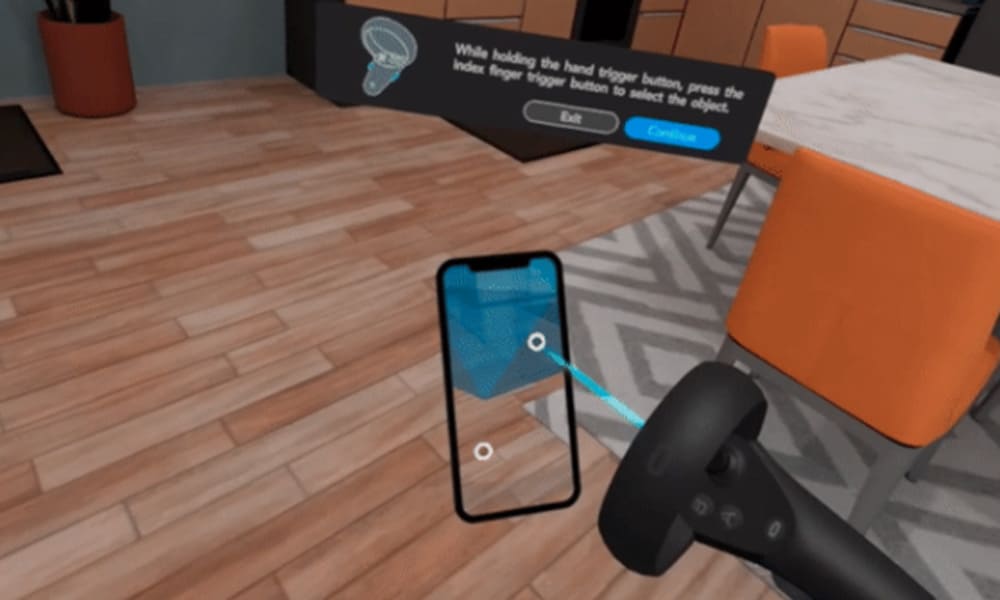A team of scientists at Stanford University has created in less than two months an algorithm that diagnoses pneumonia with great precision.
Less than two months has required a team of researchers from Stanford University to train the algorithm. Once this phase was over, he was launched to detect cases of pneumonia and the accuracy achieved has been significant. Artificial intelligence has been able to diagnose the disease with a similar success as experienced radiologists.
The algorithm is nourished by 100,000 x-rays published by the National Institutes of Health. It is a database that was available to everyone on September 27. The Stanford research results were published on November 14. Obviously they have not yet been submitted to academic arbitration to validate the conclusions, but the training of the software has been achieved in record time.
These 100,000 x-rays have served the algorithm to acquire accuracy similar to that of four accomplished radiologists. With them has been compared this algorithm that not only diagnoses pneumonia, but other ailments. Fibrosis or hernias are also included in the catalog of diseases that the software is able to detect.
A total of 14 diseases were present in the X-ray database. The National Institutes of Health also published, along with the images, its own findings in identifying problems. In comparison, the algorithm created at Stanford it yielded fewer false positives and fewer false negatives.
It is not the first time that artificial intelligence has been experimented with to facilitate diagnosis. Perhaps the best known and real use case is IBM Watson, which supports cancer screening in hospitals and decision-making on one or the other treatment. But there is a lot of research that has deepened the use of software to identify diseases.
Also at Stanford University, researchers focused on skin cancer. They developed a deep learning algorithm to deal with their diagnosis. This type of cancer is complicated to detect, as there are many types of skin lesions. But with the help of a large image database, software achieved 91% accuracy compared to doctors.
From the University of Notingham came another research oriented not only to diagnosis but to prediction. In this case, scientists created an algorithm that could predict more accurately than doctors the possibility of a person suffering a heart attack.
Images: NEC Corporation of America, Pulmonary Pathology









